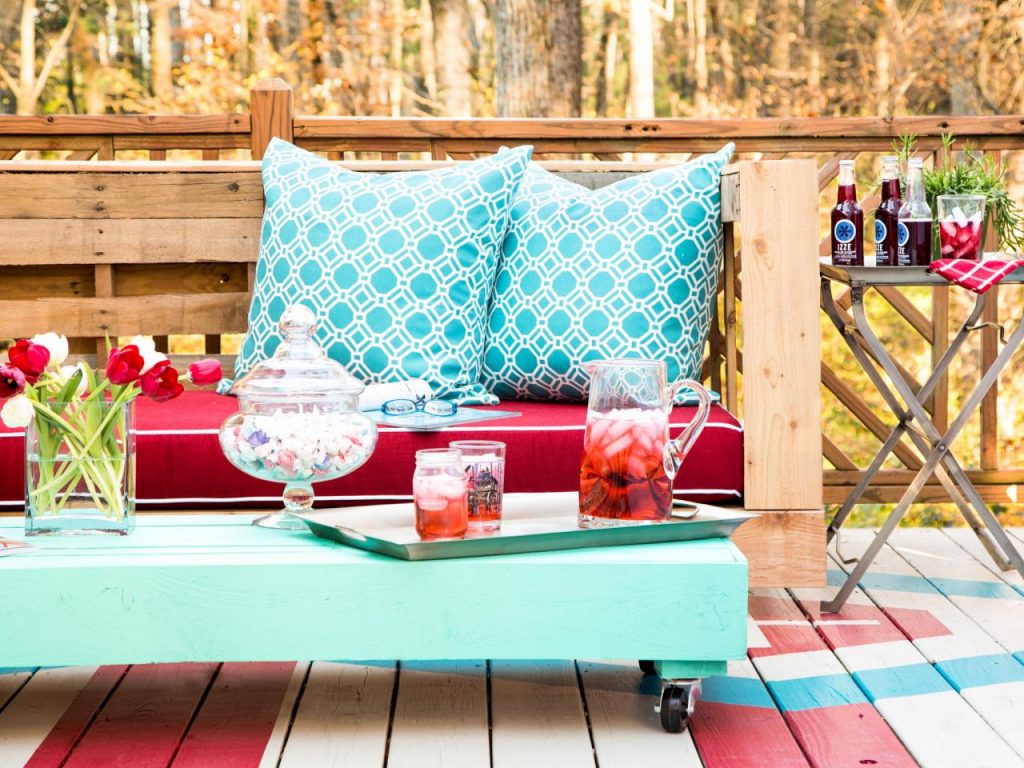Elme de Sibérie - Faits, Caractéristiques, Guide d'entretien
L'orme de Sibérie est une plante unique qui peut être cultivée à la fois comme un arbre et comme un buisson, selon la variété et le style de soins. Il n'est pas difficile et peut pousser dans pratiquement n'importe quel sol. Il a également un aspect très majestueux et constitue donc une décoration parfaite pour votre jardin. Apprenez tout sur les besoins de l'orme de Sibérie et découvrez comment en prendre soin pour qu'il grandisse en beauté.

Elme de Sibérie - de quel type de plante s’agit-il ?
Elme de Sibérie (Ulmus Pumila Celer), également appelé orme nain est une plante originaire d’Asie, plus précisément de Sibérie, comme son nom l’indique. Cette plante majestueuse peut également être rencontrée en Mongolie.
Actuellement, l’orme de Sibérie est populaire presque partout dans le monde. Il est particulièrement commun en Europe. Il fait également partie du paysage de nombreux terrains en Amérique du Nord.
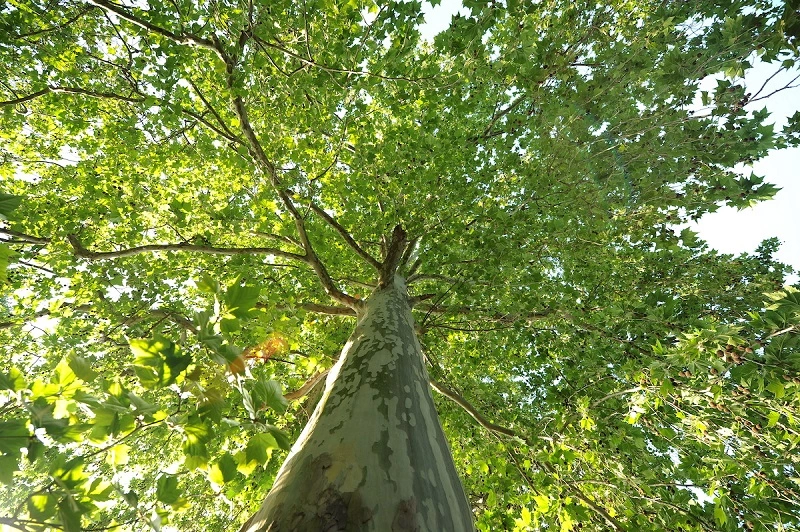
A quoi ressemble l’orme de Sibérie et quels sont ses traits caractéristiques ?
Elme de Sibérie est une plante qui peut atteindre des hauteurs impressionnantes - bien sûr, si les conditions le permettent. Avec de bons soins, un sol approprié et un climat favorable, il peut atteindre 30 m (98,43 ft). Cette hauteur est atteinte après une ou deux douzaines d’années, mais elle est tout de même assez impressionnante. Mais elle est difficile à atteindre avec une culture en pleine terre. Les arbres mesurant jusqu’à 2-3 mètres (7-10 pieds) sont beaucoup plus courants.
Elme de Sibérie st très caractéristique de par son port asymétrique Il est intéressant de noter qu’il existe deux options pour sa culture. Bien que dans son habitat naturel ce soit un arbre, il est souvent cultivé comme un buisson dans les jardins. Beaucoup de choses dépendent de la variété de cette espèce, car elle détermine la façon dont les branches se développent.
Quant à l’apparence de l’Elme de Sibérie, la forme des feuilles dépend également d’un cultivar particulier. Il existe deux possibilités :
- La variété Aurescens a des feuilles vertes qui peuvent jaunir au printemps, et revenir à la normale peu après,
- La variété Aurea a des feuilles jaunes caractéristiques, et elles durent du début du printemps jusqu’à la fin de l’automne.
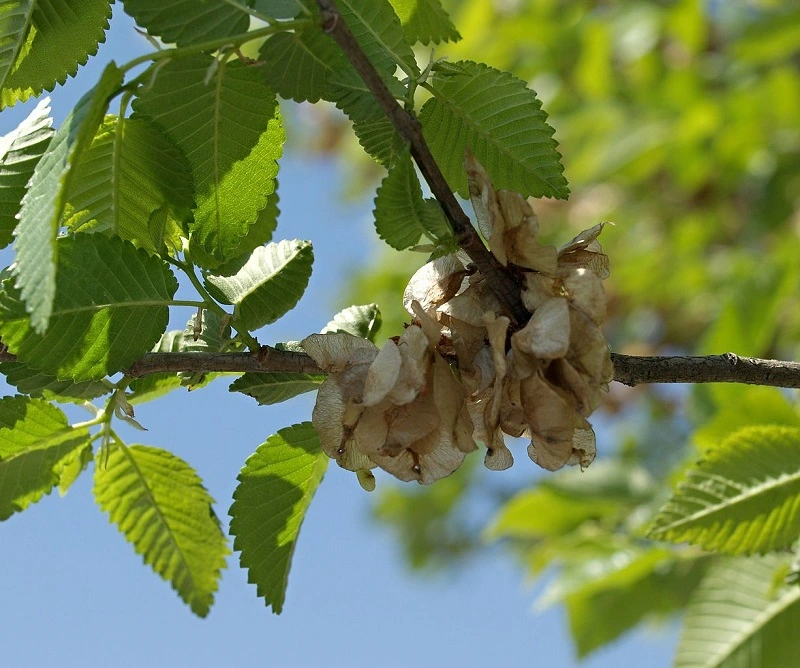
Elme de Sibérie - exigences de culture
Comme un grand avantage, l’Elme de Sibérie est une plante qui peut pousser dans pratiquement n’importe quel sol. Un sol riche et perméable est la meilleure option - si le sol est moins bon, il pousse simplement plus lentement. Une humidité constante et modérée dans le sol est le facteur le plus important. L’orme de Sibérie n’aime pas les longues périodes de sécheresse.
On peut préparer le sol avant d’y planter l’arbre. Il faut l’enrichir, soit avec un engrais à plusieurs ingrédients, soit mieux avec du compost naturel.
Elme de Sibérie bénéficie d’un bon ensoleillement La plante peut aussi pousser à mi-ombre.

Plantation d’un Elme de Sibérie
Les Elme de Sibérie peuvent être plantés deux fois dans l’année. Cela peut se faire au printemps ou à l’automne. La préparation de l’emplacement est une partie très importante du processus. Veillez à creuser un trou suffisamment grand. Le drainage est l’étape suivante. Vous pouvez le préparer vous-même, simplement en versant quelques pierres au fond - du gravier ordinaire convient, mais vous pouvez aussi utiliser de l’argile expansée. De cette façon, l’eau ne restera pas dans le sol.
Lorsque vous plantez de jeunes arbustes dans l’intention de les transformer en haie, n’oubliez pas que l’orme de Sibérie a tendance à s’étendre. Veillez à laisser suffisamment d’espace entre les jeunes plants. 45-50 cm (1,5-1,6 ft) est l’espacement recommandé. Ne plantez pas non plus les arbres près de la limite de la propriété, car la plante pourrait perturber l’espace public.
Comment arroser l’Elme de Sibérie ?
Bien que l’orme de Sibérie ne tolère pas l’eau stagnante, notez qu’il n’aime pas non plus les sécheresses, surtout si elles durent longtemps. Si les précipitations sont rares en été, veillez à arroser l’arbre - même tous les jours, le matin.
Si le sol est modérément humide, un arrosage tous les quelques jours ou une fois par semaine est suffisant. En cas de fortes pluies, la plante n’a pas besoin d’être arrosée du tout.

Faut-il fertiliser l’Elme de Sibérie?
Il est très important de nourrir les jeunes ormes de Sibérie. Les deux premières années sont déterminantes pour la survie de la plante. Veillez à la renforcer au printemps et à encourager sa croissance.
Le processus de fertilisation doit être répété même pendant 5 ans à partir de la plantation de l’arbre, en fonction de la qualité du sol. Notez que l’orme de Sibérie n’a aucune exigence quant au type particulier de nutriments qu’il doit recevoir. Cela signifie que vous pouvez utiliser des produits à plusieurs ingrédients.
Comment prendre soin de l’Elme de Sibérie?
L’Elme de Sibérie n’a pas de besoins particuliers. Les éléments de soins de base apportés aux autres arbustes d’ornement sont suffisants. Pour cette raison, le choix du bon emplacement pour la plante est le seul facteur important. Les étapes suivantes sont un arrosage régulier en fonction des conditions météorologiques, une fertilisation annuelle au printemps et une taille, surtout si vous voulez transformer votre orme de Sibérie en haie.
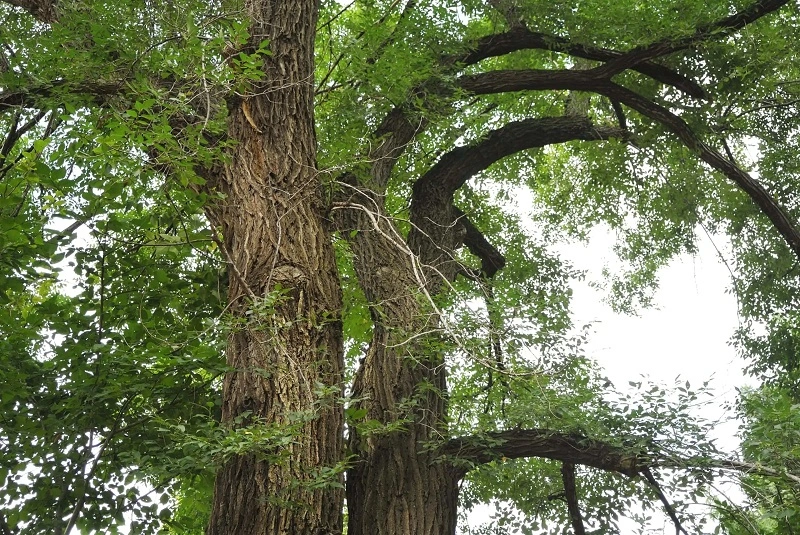
Elme de Sibérie doit-il être taillé ?
Elme de Sibérie doit être taillé régulièrement - surtout si vous le traitez comme un arbuste de haie. Répétez l’opération deux fois par an. Planifiez ces travaux au début du printemps, afin que la plante puisse se renforcer avant la saison et obtenir une forme appropriée, et en automne - pour préparer l’arbre à l’hiver.
**Elme de Sibérie n’est pas difficile à tailler. Si vous n’avez pas d’expérience dans ce domaine, vous pouvez regarder un film d’instructions sur le Web, afin d’apprendre à tailler correctement les arbustes de jardin.
Où acheter de Elme de Sibérie ?
Les jeunes plants d’Elme de Sibérie peuvent être achetés dans les pépinières, car cette plante est très populaire. Vous pouvez également les trouver dans les magasins de bricolage, au rayon “Jardin”. Selon le type, ils coûtent entre 40 et 100 dollars.
Lorsque vous choisissez une plante, assurez-vous qu’elle n’est pas endommagée, qu’elle n’est pas infestée de parasites ou qu’elle n’est pas infectée par une maladie Grâce à cela, vous pouvez être sûr que la plante se développera correctement.
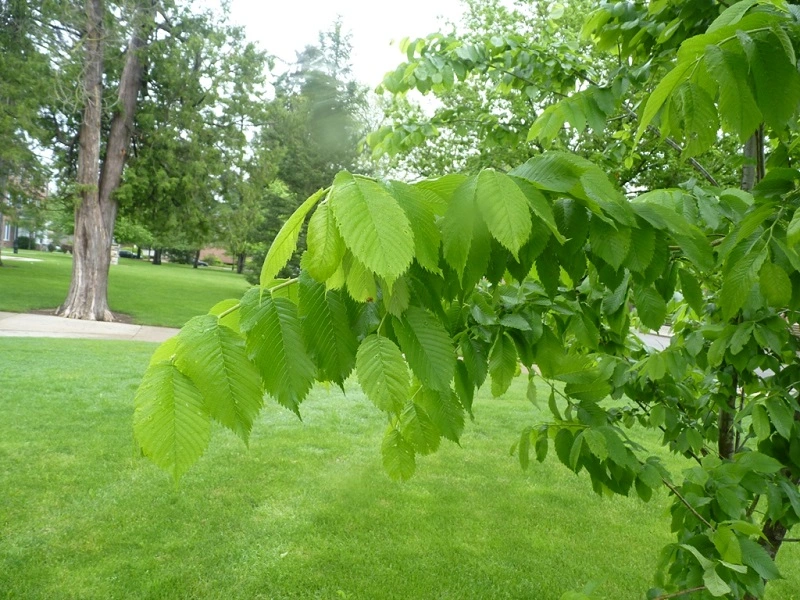
📍 Comment planter un Elme de Sibérie ?
La plantation d'un Elme de Sibérie n'est pas un processus compliqué. Veillez à creuser un trou suffisamment grand et à préparer une couche de drainage, par exemple à l'aide de petites pierres. Fertilisez également le sol avec du compost. Les jeunes plants doivent être correctement espacés, d'environ 40 cm (1,31 pied) entre chaque plante.
📍 Quand planter un Elme de Sibérie?
L'Elme de Sibériepeut être planté 2 fois par an. Cela peut se faire au printemps ou à l'automne, selon le moment où vous pouvez acheter des jeunes plants.
📍 Comment propager l'Elme de Sibérie ?
Il existe deux méthodes de propagation de l'Elme de Sibérie. Vous pouvez utiliser des boutures ou des graines. Si vous voulez utiliser des boutures, récoltez-les en hiver - elles doivent mesurer environ 25 cm de long. Mettez-les dans une boîte remplie de copeaux de bois et conservez-les au réfrigérateur jusqu'au printemps. Vous pourrez alors les enraciner et les planter.
📍 Où acheter de l'Elme de Sibérie ?
L'Elme de Sibérie est une plante populaire, vous ne devriez donc pas avoir de problèmes pour en acheter. On peut le trouver dans les pépinières, les grands magasins et les supermarchés généraux. Certaines personnes vendent également des jeunes plants d'orme de Sibérie en ligne.
Articles de fond




